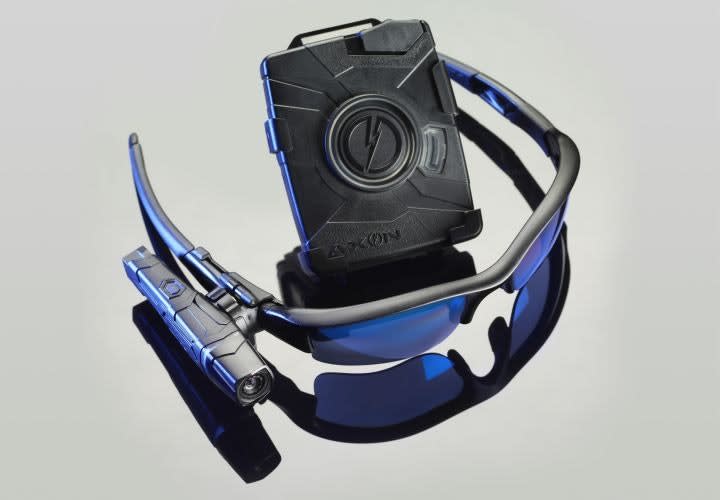Meanwhile, the use of drones remains off limits to U.S. local law enforcement. Nobody wants police looking into their backyard from 500 feet in the air, but for a few hundred bucks any citizen can legally buy and deploy a UAV to record anything they want.
Pick virtually any technology and the story repeats itself. The criminals acquire it and use it to foil our efforts. When we finally adopt it, the criminals find a new technology to make our efforts obsolete. It's a never-ending game of catch-up for law enforcement.
The rules of the game may be changing. Forward-looking agencies embrace new technology at about the same time as the rest of society. That seems to be the case with on-body video systems. Agencies such as the Lake Havasu (Ariz.) Police Department outfitted their full complement of officers with the TASER Axon Flex video system.
Point of view cameras such as Google Glass and the GoPro Hero have made their way into the public realm. Extreme athletes and amateur adventurists popularized the GoPro cameras. Some departments use the civilian-marketed POV cameras in specialized units. But you can't very well mount a GoPro on an officer without it looking silly. Enter the next generation of miniature cameras made for law enforcement—ones you can mount on your eyeglasses, hat, or collar.
Point of view cameras remain in their infancy from a technological perspective, but they've gotten small enough for police work. In the July issue of POLICE ("Eye Witness or Big Brother?"), we explore on-officer video choices and show how police departments are putting this technology to use. We also give you an overview of the currently available options from Digital Ally, Panasonic, TASER, and Vievu. These specialized cameras use the same technology available to the rest of society. The companies developing these specialized cameras are doing their part. Now, police departments must do their part.













